With the growing trend of upgrading residential and commercial spaces worldwide, retractable awnings are gaining popularity among consumers. Whether for a home patio, terrace, or an outdoor seating area in a restaurant or café, these awnings provide a flexible shading solution. They also enhance the exterior aesthetics of buildings while reducing energy consumption caused by direct sunlight.
But how exactly do retractable awnings work? Before purchasing one, it’s important to understand their mechanism to choose the best option for your needs. As a manufacturer with over 20 years of experience in outdoor shading solutions, LIDA OUTDOOR will break down the basic structure, working principles, and typical applications of these practical and powerful shading devices.
Retractable Awnings Make Outdoor Living More Comfortable
A retractable awning consists of several components, all working together to provide shade and protection from the elements. The primary components may include frame beams, awning fabric, a drive mechanism (such as a motor or manual crank), arms, a roller tube, and other necessary components. Each component plays a crucial role in ensuring the awning extends and retracts smoothly.
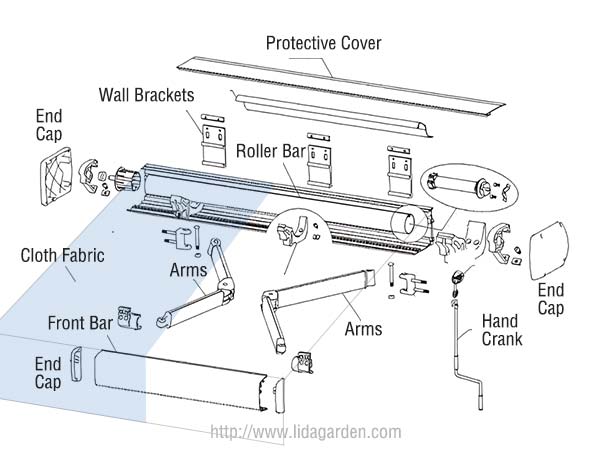
Next, let’s explore these essential parts and their functions in detail.
1. Awning Fabric
The awning fabric is the core component of a retractable awning. It determines the shading effect, lifespan, and overall appearance of the awning. High-quality fabric effectively blocks sunlight, resists rain, and maintains its color and strength even after years of use.
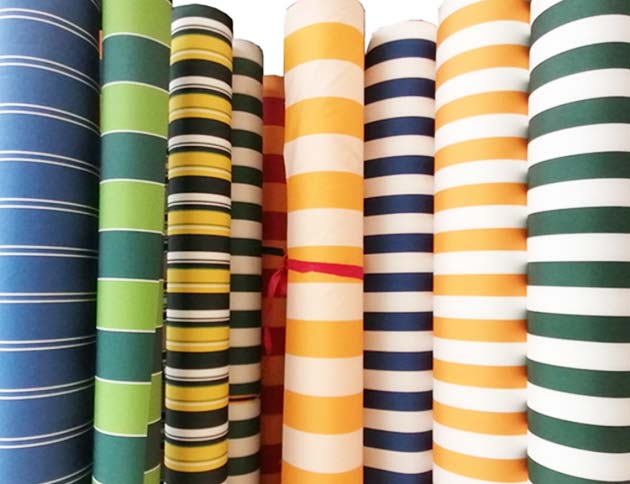
Awning fabrics are typically made from polyester or acrylic fibers, offering various styles, patterns, and colors to complement different architectural designs. Each fabric type has its unique benefits:
- Acrylic Fabric: Made with solution-dyed technology, it provides excellent weather resistance with a colorfastness rating of 7-8. It maintains its original color and beauty even after five years or more in good air quality conditions.
- Polyester Fabric: Although its colorfastness is slightly lower than acrylic, it is more affordable, making it an excellent choice for budget-conscious users who still want high-quality shading.
Regardless of the fabric choice, water resistance is crucial. Premium awning fabrics should meet or exceed a 350mm hydrostatic water pressure resistance standard, ensuring effective protection against rain and preventing mold or water leakage in humid environments.
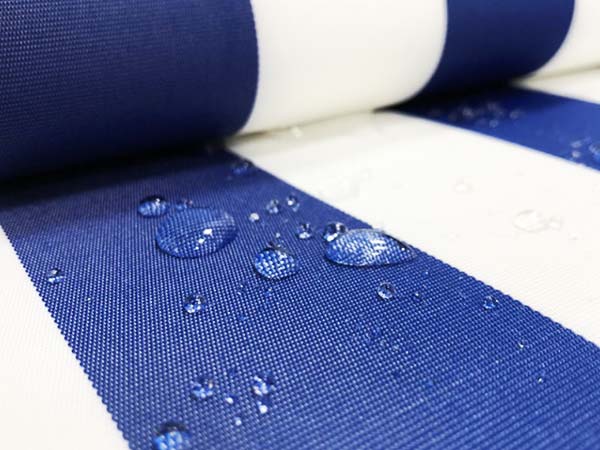
2. Roller Tube
Besides the fabric, the roller tube plays a crucial role in the functionality of a retractable awning. It supports and rolls up the fabric, ensuring smooth extension and retraction while preventing damage from pulling or creasing.
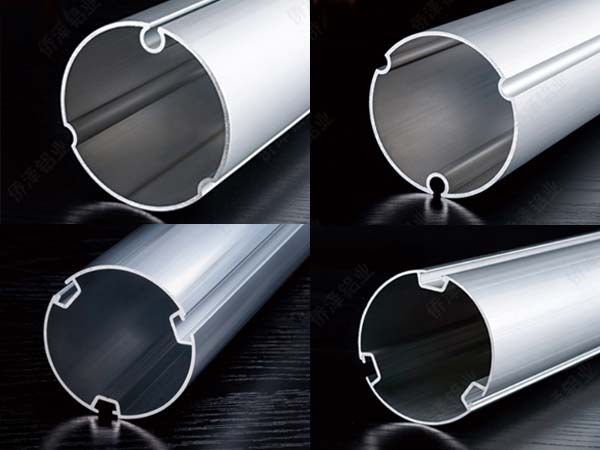
Premium roller tubes are typically made from lightweight yet durable aluminum alloy, which offers excellent strength and corrosion resistance. Even with prolonged outdoor exposure, they maintain stable performance. Additionally, the diameter and wall thickness of the roller tube directly impact the awning’s weight capacity and durability. Larger-diameter, reinforced roller tubes provide better support and reduce fabric sagging caused by gravity.
3. Drive Mechanism
The drive mechanism is the “heart” of a retractable awning, determining its speed and efficiency when extending or retracting. There are two main types of drive mechanisms: manual and motorized. While manual operation is the most basic method, even modern motorized awnings typically include a manual option as a backup in case of power failure.
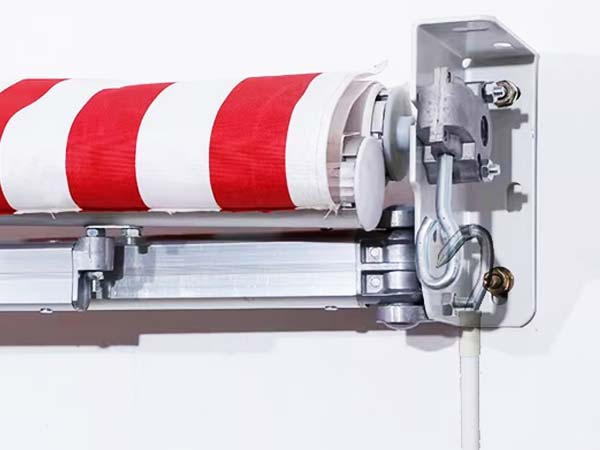
Manual awnings operate via a hand crank, which rotates to extend or retract the fabric. In contrast, motorized awnings feature an internal tubular motor that drives the fabric movement. These motors are designed to be compact and discreet, enhancing the awning’s aesthetics and structure.
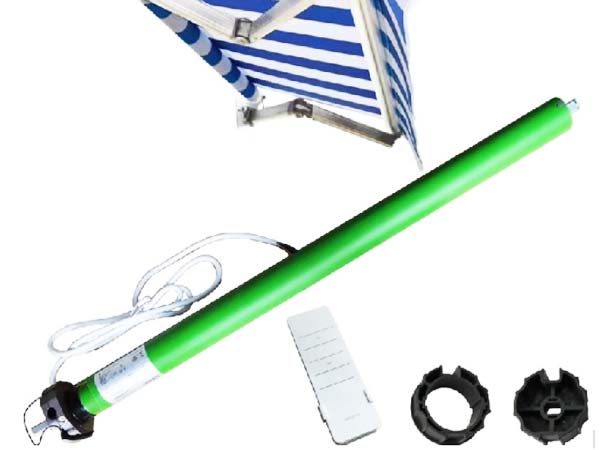
4. Guide Rails, Articulated Arms, and Support Arms
The guide rails help direct the movement of the fabric, while articulated and support arms provide structural reinforcement and tension, ensuring the awning extends evenly and remains stable.
Since awnings are exposed to outdoor elements, wind resistance is a key factor in their durability. Most modern articulated arm awnings use high-strength aluminum or steel arms, offering superior wind resistance and durability, even in harsh weather conditions.
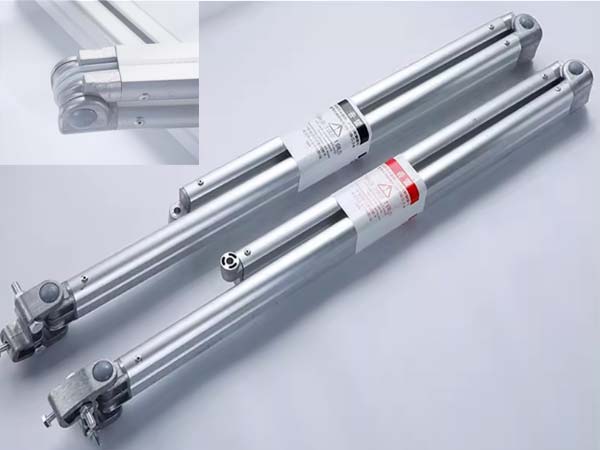
5. Sensors & Smart Automation
Many high-end retractable awnings now feature smart technology to enhance user convenience. Some models include built-in weather sensors that automatically adjust the awning’s position based on sunlight, wind speed, or rainfall, preventing damage from extreme weather conditions.

Additionally, wireless control systems allow users to operate the awning via remote control or mobile apps. Some even support scheduled operations, making outdoor living more convenient and truly smart.
How Does a Retractable Awning Work?
Initially, retractable awnings relied on a manual crank handle to extend and retract the fabric. This allowed users to adjust the awning’s position based on the sun’s angle, balancing shading and natural lighting while also regulating indoor temperature.
1. Manual Operation: Basic Working Principles
1.1 Pivot Arm Retractable Awning
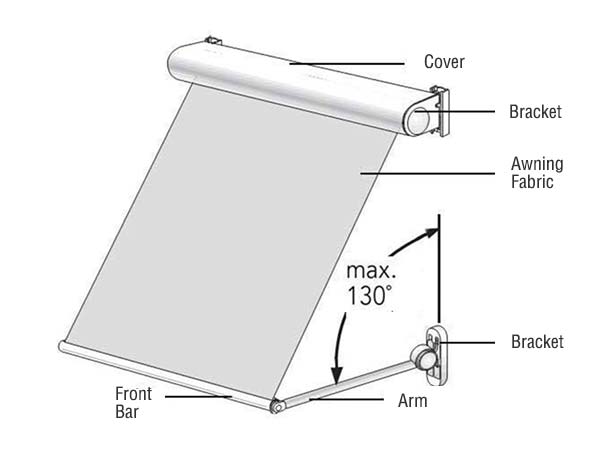
The pivot arm retractable awning has three key components: roller tube, fabric, and folding arms. The fabric is wrapped around a cylindrical roller, and by rotating the crank handle, the roller turns, gradually extending or retracting the fabric. This movement causes the folding arms to open or close, much like a human arm extending or contracting.
Users can manually adjust the awning’s position throughout the day and across different seasons to optimize shading and daylight control.

1.2 Articulated Arm Retractable Awning
Unlike pivot arm awnings, articulated arm retractable awnings use a specialized arm structure to ensure smoother and more stable fabric extension and retraction. The arms and frame are made of aluminum alloy, treated with anodizing and powder coating, which provides high mechanical strength, corrosion resistance, and long-lasting durability.
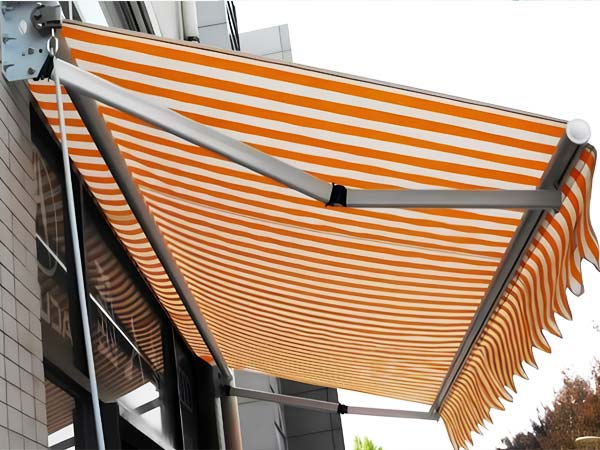
The fabric is fixed at one end to the roller tube, while the other end is attached to the front bar. Inside the articulated arms, high-tension springs maintain continuous fabric tension, preventing sagging. When the user turns the crank handle or activates the electric motor, the articulated arms gradually extend, pulling the fabric outward and expanding the shaded area.
These arms typically operate within a 20° to 160° range, ensuring even tension distribution across the fabric, preventing wrinkles, and maintaining both aesthetic appeal and practicality.
2. Motorized Operation: Advanced Working Principles
Compared to traditional manual operation, modern retractable awnings increasingly adopt electric drive systems, offering greater convenience and precision. Most electric awnings use a tubular motor, which is cleverly integrated into the roller tube. This space-saving design protects the motor from rain and dust, improving durability.
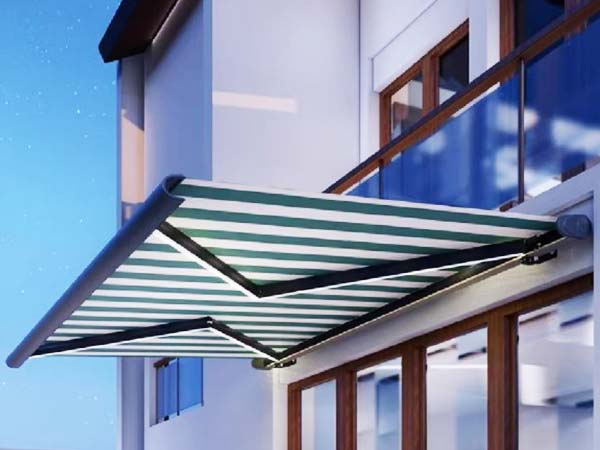
When you press the remote control or wall-mounted button, the motor receives the signal and drives the roller tube, smoothly extending or retracting the fabric along the guide rails.
Depending on the power source, the tubular motor can operate on AC power, DC power, or even solar energy, making it an energy-efficient solution. Additionally, the motor includes a built-in limit switch, which automatically stops operation when the awning is fully extended or retracted, preventing over-rotation that could damage the fabric or mechanism.
3. How to Choose the Right Awning Drive System?
The choice between manual and motorized operation depends largely on your budget and usage needs:
- If you’re on a limited budget or need a smaller awning, a manual crank drive is a cost-effective choice. It works well for occasional use and situations where ease of operation is not a priority.
- If you want maximum convenience and minimal manual effort, a motorized retractable awning is the better option. With the ability to operate via buttons, remote controls, or even smart home systems, electric awnings are ideal for large awnings and frequent-use scenarios, such as commercial outdoor areas or luxury residential patios.

As the awning size increases, the motor’s torque requirement also increases. Larger awnings require higher-power tubular motors to ensure smooth and even fabric movement without jamming or uneven force distribution. Additionally, reinforced articulated arms and support brackets are commonly used in large-area awnings to enhance wind resistance and structural stability.
Conclusion
Retractable awnings are not overly complex products in terms of technology. Their working principle has remained largely unchanged since their invention—using a roller tube to extend and retract the fabric. However, modern advancements have shifted toward electric and smart automation, improving user experience and convenience.
If you’re a brand or retailer in the shading industry, staying updated with the latest trends in outdoor furniture and shading solutions for 2025 is essential. Additionally, if you have bulk customization or procurement needs and are looking for cost-effective OEM factories in Asia, feel free to contact us. We can offer fast and professional OEM and ODM services to meet your requirements efficiently.
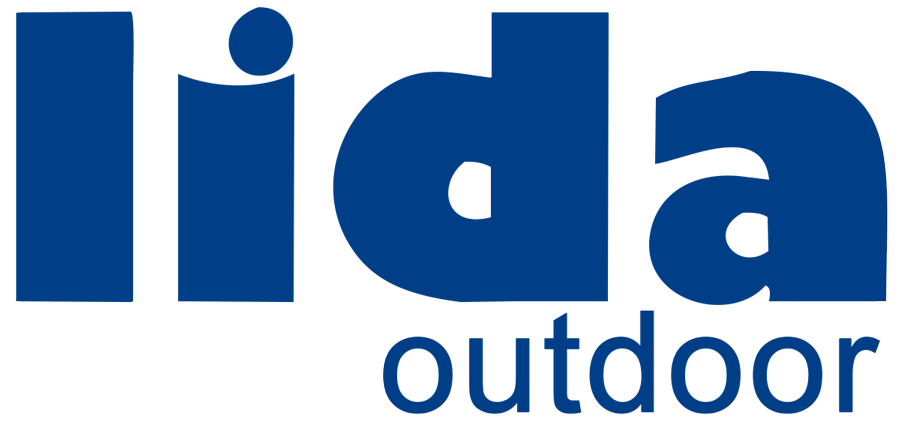
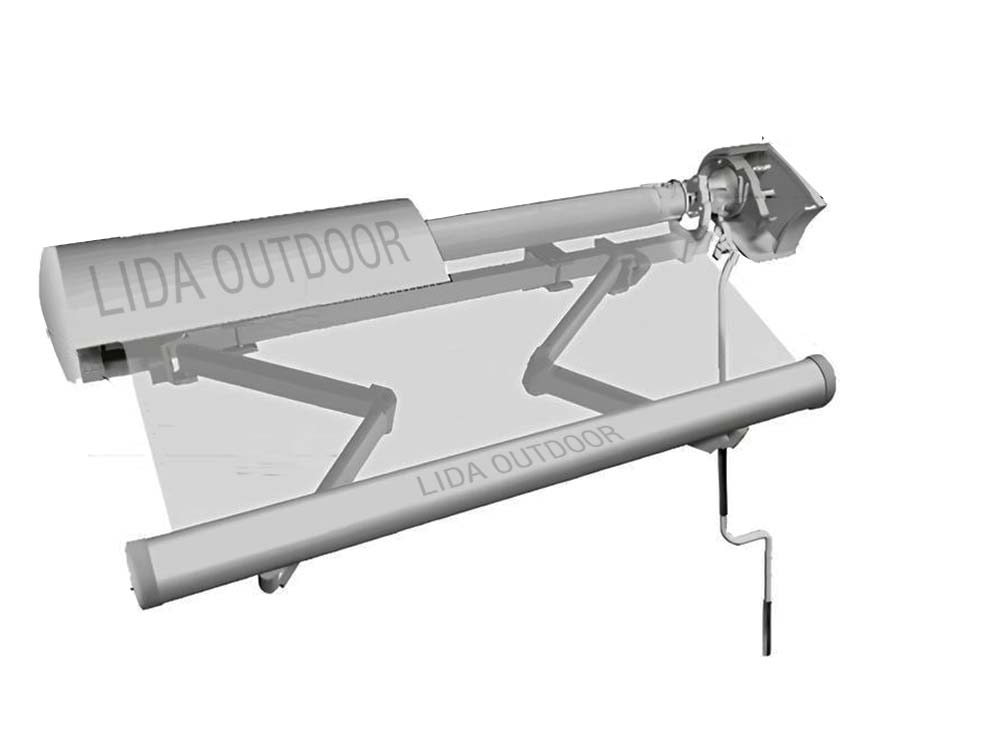
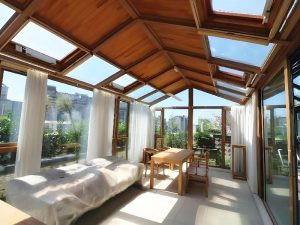

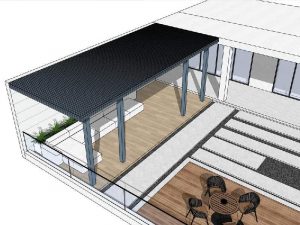
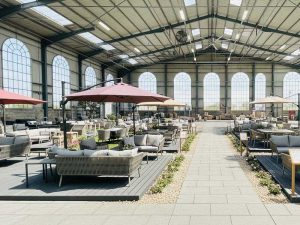
can you please tell me, do you supply and install retractable awnings for bay windows ?
if so, can you come to my house to take some measurements and provide me with quotes.
could you send me email reply as soon as you can.
Thanks, Colin.
Hi Colin. Thank you for reading our article and showing interest in our service! We’re a awning wholesale manufacturer serving retailers and distributors worldwide. For your project, please check with local awning stores near you. Thanks again.